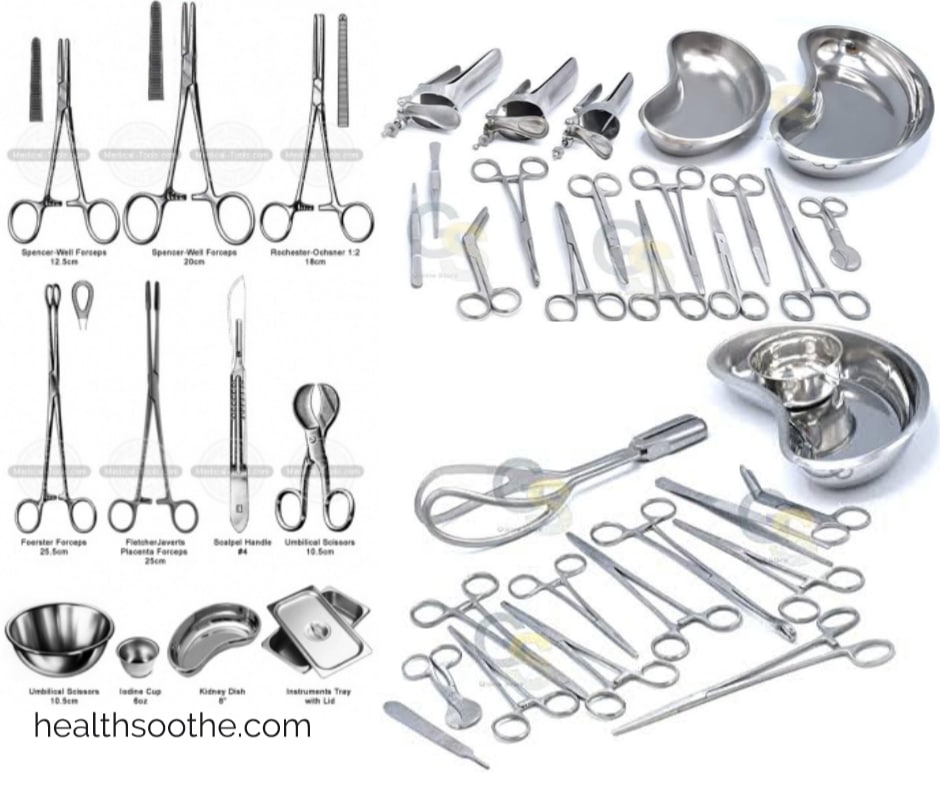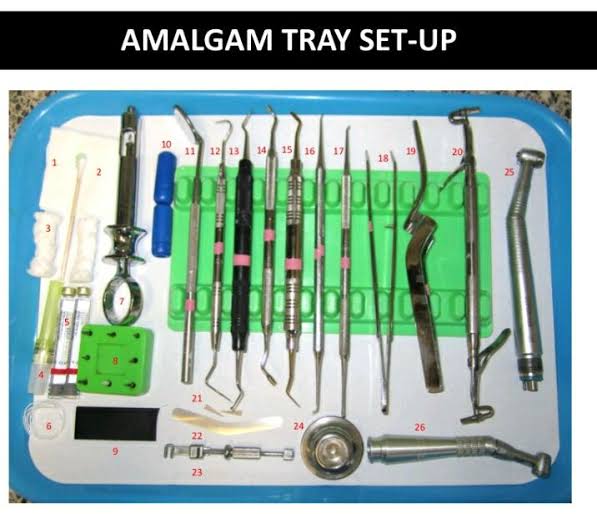If you have asthma or know someone who does, you have probably encountered a nebuliser before. It is a useful little equipment often used to deliver medication into the body in emergency situations. Not all nebulisers are built the same, however, so you have to be careful when shopping for one. Read on for tips on how to choose a nebuliser that’s right for you.
What is a nebuliser?
A nebuliser is a type of machine typically used by people with asthma and other respiratory conditions to administer medication quickly and directly to the lungs. The machine converts liquid medicine into a fine mist, which is then inhaled through a mouthpiece or face mask. The purpose of nebulisation is to take medicine straight into your respiratory system, where it’s needed.
What is a nebuliser used for?
A nebuliser can be used to inhale medication instantly to treat infections or clear your airways. If you experience an emergency that requires a high dose of reliever medicine to restore your breathing, emergency responders may use a nebuliser to administer the medication.
Who needs a nebuliser?
Nebulisers are usually prescribed to people with:
- Bronchitis – Bronchitis is a condition that causes inflammation in your bronchial tubes – the airways that transport air to your lungs. This usually leads to certain complications such as fevers, chest tightness, and shortness of breath. You can use a nebuliser to inhale albuterol and relieve your bronchial tubes when you experience those symptoms.
- Cystic fibrosis – Cystic fibrosis is commonly associated with a distinct cough that often comes with mucus. You can use a nebuliser to administer pulmozyme, a mucolytic that disintegrates the DNA composition of the mucus, causing you to cough out the thick secretions.
- Chronic obstructive pulmonary disease – You can use an inhaler to get your COPD medicine, but a nebuliser converts the medicine into a fine mist, making it easier to get into your lungs. COPD medicines come in liquid form when using a nebuliser.
- Asthma – People with asthma often use bronchodilators to make breathing easier. Bronchodilators help to relax the muscles in the lungs and widen the bronchi (airways). A nebulizer can deliver your bronchodilator medication quickly to help open up your airways.
What are the three main types of nebuliser?
Nebuliser comes in three main types:
1. Mesh – This type of nebuliser uses a very fine mesh to convert liquid into an aerosol. This nebuliser produces the smallest particles, but it is also the most expensive one.
2. Ultrasonic – This nebuliser uses high-frequency vibrations to make an aerosol. The particles are relatively smaller.
3. Jet – This kind of nebuliser creates an aerosol using compressed gas. It has the smallest particles in comparison.
How do you use a nebuliser?
First, gather your supplies:
- Compressor tubing
- Medication
- Mouthpiece or mask
- Nebulizer cup
- Air compressor
Now, follow these steps:
- Place your compressor on a flat, stable surface and plug it into an electrical outlet (three-prong, grounded). Wash your hands thoroughly and pat them dry.
- Most medication comes in ready unit dose vials, but you can use your own clean measuring device to measure it yourself. Once you are done, put the medication in your nebuliser cup.
- Connect your mouthpiece or mask to the nebuliser cup.
- Assemble the tubing and the nebuliser cup and aerosol compressor.
- Switch the compressor on to make sure it is working properly. The tube should have a light mist emanating from the back.
- Sit up on a comfortable chair and put on your mask (if you’re using it). If you have a mouthpiece, place it between your teeth and close your lips.
- Start breathing in and out slowly and deeply, holding each breath for two or three seconds before each exhalation to allow the medication to work into your airways.
- Do this until you have administered all the medication. You should hear a sputtering noise from the nebuliser, and see only a little liquid remaining in it.
- Stop the treatment if you feel jittery or dizzy and rest for a few minutes. If you are feeling okay, continue the treatment but use slower breaths. Consult your doctor if you keep experiencing problems during your treatments.
How to choose a nebuliser that’s right for you
Choosing a nebuliser that’s right for you is extremely important for optimal results. Here are a few factors to consider when selecting a nebuliser:
- Your medical condition – Large particles work well on the common cold and other respiratory diseases while smaller particles are great for lower respiratory diseases such as chronic obstructive pulmonary disease (COPD).
- Your age, cognitive and physical ability – People with limited abilities such as the elderly, infants, and those struggling with the reduced inspiratory flow, failing eyesight, and arthritis should go for a simple compressor nebuliser, as they can have a difficult time performing complex maneuvers with handheld devices.
- Efficiency – It is crucial to choose a nebuliser that is efficient for your particular use, as some medications are not compatible with certain types of nebulisers. You should also opt for a device that fits your lifestyle. Stationary compressor nebulisers, for instance, are great for children and the elderly who are typically homebound. A mesh nebuliser is more ideal if you are always on the move.








